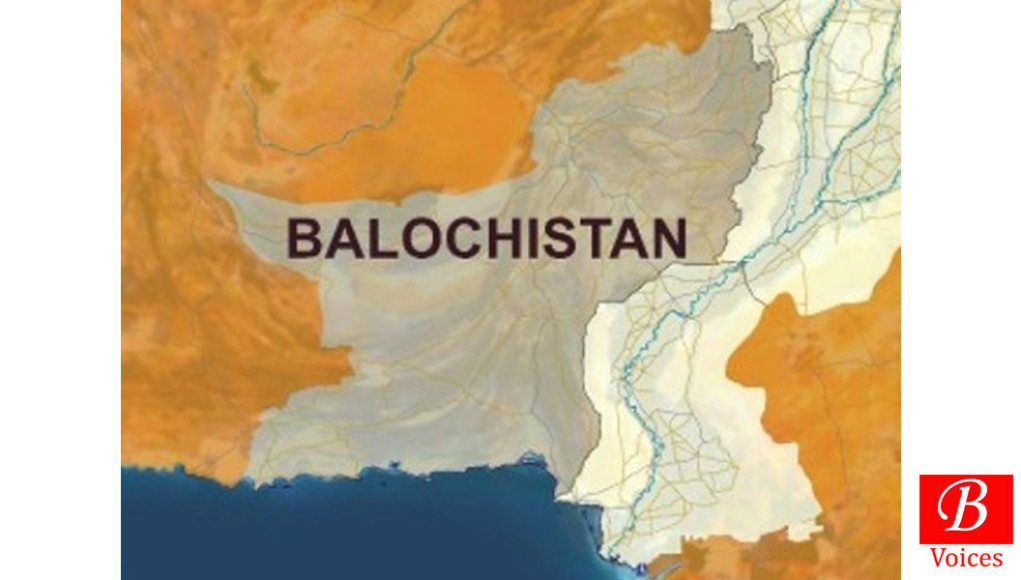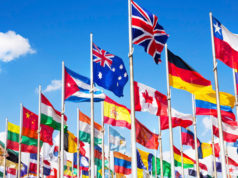K Kakar
The tourism industry is increasingly holding an important place in the global economy. In the year 2019, the contribution of travel and tourism to global GDP was 8.9 trillion U.S dollars, making 10.3% of total global GDP. Countries across the globe are diversifying their economies by allocating more and more space to tourism. Pakistan, despite having immense potential for tourism, is sadly lagging behind in highlighting its hidden potential for it. Within Pakistan, Balochistan, despite being the largest province by space (making up 44% of Pakistan), has paid the least attention towards promoting tourism and is lagging far behind other provinces of the country.
Geographically, Balochistan is a land of varied landscapes including pleasure, mountain ranges, deserts, and a coastline of about 750 km. It exists in the southwest of Pakistan and shares a border with two important Muslim countries, Iran and Afghanistan. Due to its vast geography and landscapes of different natures, it experiences the coldest weather in certain areas like Ziarat Valley and the hottest weather in the deserts of Kharan and Chagai. Besides being home to a wide array of precious minerals, the province produces different qualities of fruit in hefty quantities and thus is dubbed as “fruit basket of Pakistan”. Important among them are dates, apples, almonds, etc. An important mountain range called Suleiman – Kirthar mountain range, rising beyond 3000m at a few points, lies between the Balochistan plateau and Indus Valley. The scenic beauty of Ziarat Valley alongside its snowy weathers in winters and cool breezes in summers, the awe-inspiring waterfalls of Pir Ghayb, the unmatchable view of frozen Hanna lake in winters, the serenity of Kund Malir beach, and the worth mentioning beauty Istola Island are few glimpses of Balochistan inherent beauty. All this uniqueness can be well employed by the Government to attract tourists from across the country and other areas of the world.
From an archaeological point of view too, the importance of Balochistan cannot be overlooked. It has been home to an ancient civilization Mehargarh. Dating back to almost 7000 BC, the civilization is also called as “mother of Indus civilization “. The site attracts tourists interested in mysteries of the ancient world across the globe. Besides, the structures made by Britishers during their reign in Subcontinent also hold important value for tourists. Fort Sandeman, constructed in Zhob in 1860, serving as a military Garrison, is one among them. Similarly, Khojak Tunnel, 3.8km long, counted among long railway tunnels in South Asia, and mysteries attached to it can whet the curiosity of tourists if highlighted by the Government.
The cultural richness of Balochistan holds much importance from tourists’ point of view. Being contiguous to Iran and Afghanistan and absorbing wholesome effects of cultural diffusion, the culture of Balochistan has a wide array of colors. The tribal spectrum of the province makes it unique in intangible culture i. e hospitality, love, respect. The handicrafts of Balochistan enjoy worldwide popularity and is a good source of income for home confined females. Besides, the festivals celebrated here specially Sibi Festival attracts tourists from all corners of the country. The shows of the Festival are watched on TV and social media in other countries too. There are also some romantic sagas of staunch lovers who have added treasures to the world of love. Punnu Fort near Turbat is a living symbol of legendry love between Sassi and Punnu. Similarly, Hinglaj Mata, a Hindu pilgrimage place, situated in District Lasbela, is inundated by members of the Hindu community in spring for celebrating their religious rituals.
Despite all this potential, the share of tourism in provincial revenue is almost negligible. There are multiple reasons behind this dismal reality. Important among them are the volatility of law and order, lack of access to tourist points, absence of lodging facilities, lack of proper highlighting of worth visiting the place, etc.
Due to lack of market-oriented and quality education, shrinking agriculture owing to droughts, non-existence of industries, and dwindling importance of livestock, Baluchistan, as compared to other provinces, needs it more to promote tourism. For meeting the growing demands of the burgeoning population and thwarting the rampant practice of illegal fuel smuggling, investing in the tourism industry seems inevitable.
Although, it is worth mentioning that the current government is conscious of the importance of tourism in Balochistan and has taken certain initiatives like conducting a seminar in Karachi on promoting tourism in Balochistan, allocation of funds for building rest house for tourists in Taftan at a cost of 100 million and upscaling of tourists resorts in Quetta, Ziarat and Lasbela at cost of Rs 300 million, yet it seems quite insufficient. The government needs to design a comprehensive strategy for upscaling all tourist resorts. Private companies should be invited to invest in promoting tourism by highlighting the potential sites and awareness regarding the importance of tourism that needs to be created among the public. Promoting tourism in the province will not only portray a soft and peace-loving image of Balochistan but will also result in ample revenue generation.
Disclaimer: Views expressed in this article are those of the author and Balochistan Voices not necessarily agrees with them.
Share your comments!








